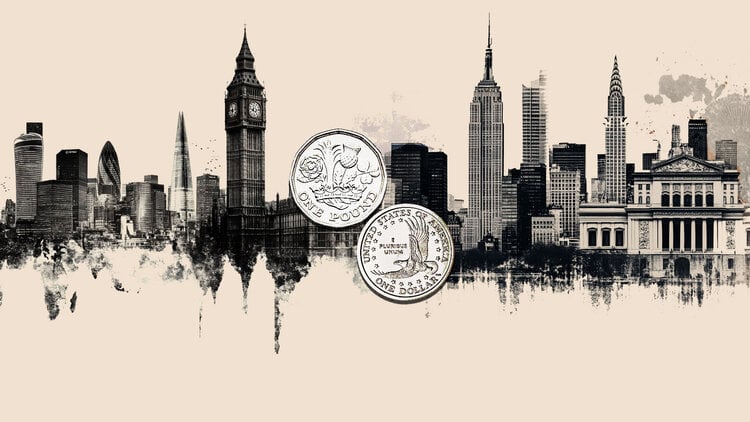- EUR/GBP remains under selling pressure around 0.8315 in the early European session on Thursday.
- The UK central bank is likely to cut the benchmark rate by 25 bps at its November meeting on Thursday.
- German industrial production fell -2.5% month-on-month in September versus -1.0% expected.
The EUR/GBP cross extends its decline to near 0.8315 on Tuesday during the early European session. The Bank of England’s (BoE) interest rate decision will be in the spotlight on Thursday.
The BoE is widely expected to cut interest rates on Thursday, taking the benchmark rate to 4.75% from 5.0%. Political developments will influence the central bank’s decision on Thursday, particularly last week’s Budget presented by Chancellor Rachel Reeves. UK officials declared they would boost inflation and short-term interest rates, raising further doubts over whether the UK central bank will cut interest rates again after its December meeting.
The expectation that the BoE will cut rates less aggressively than the European Central Bank (ECB) could provide some support to the British Pound (GBP) and limit the cross’s rise in the short term.
The ECB has already cut rates three times this year, as inflation risks in the Eurozone moderate faster than expected. Rising expectations of ECB rate cuts put some selling pressure on the common currency. Money markets see the ECB cutting rates by around 125 basis points (bps) over the next year.
Data released by Destatis on Thursday showed Germany’s industrial sector activity declined 2.5% month-on-month in September versus an increase of 2.6% (revised from 2.9%) in August, weaker than the estimate of a 1.0% drop. . The Euro remains weak in an immediate reaction to the disappointing Industrial Production data.
The BoE FAQs
The Bank of England (BoE) decides the UK’s monetary policy. Its main objective is to achieve price stability, that is, a constant inflation rate of 2%. Its instrument to achieve this is the adjustment of basic loan rates. The BoE sets the rate at which it lends to commercial banks and at which banks lend to each other, determining the level of interest rates in the wider economy. This also influences the value of the British Pound (GBP).
When inflation exceeds the Bank of England’s target, it responds by raising interest rates, which makes access to credit more expensive for citizens and companies. This is positive for the British Pound, as higher interest rates make the UK a more attractive place for global investors to invest their money. When inflation falls below target, it is a sign that economic growth is slowing, and the Bank of England will consider lowering interest rates to make credit cheaper in the hope that companies will borrow to invest in projects that generate growth, which is negative for the Pound sterling.
In extreme situations, the Bank of England can apply a policy called Quantitative Easing (QE). QE is the process by which the BoE substantially increases the flow of credit into a clogged financial system. QE is a policy of last resort when lowering interest rates does not achieve the necessary result. The process of QE involves the Bank of England printing money to buy assets, typically government bonds or AAA-rated corporate bonds, from banks and other financial institutions. QE usually results in a weakening of the British pound.
Quantitative tightening (QT) is the reverse of QE, and is applied when the economy is strengthening and inflation begins to rise. While in QE the Bank of England (BoE) buys government and corporate bonds from financial institutions to encourage them to lend, in QT the BoE stops buying more bonds and stops reinvesting the maturing principal of the bonds that you already own. It is usually positive for the British pound.
Source: Fx Street
I am Joshua Winder, a senior-level journalist and editor at World Stock Market. I specialize in covering news related to the stock market and economic trends. With more than 8 years of experience in this field, I have become an expert in financial reporting.







